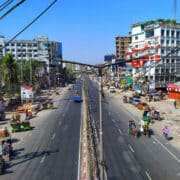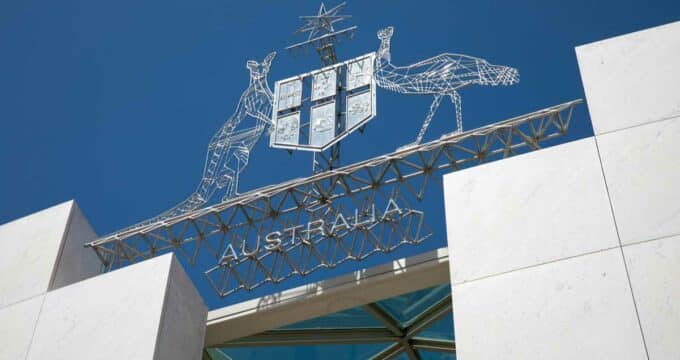Australian international education sector braces for a long, hard recovery
Recent news from Australia underlines how volatile the international education marketplace can be and the speed at which the fortunes of one country can change. The latest forecasts from the International Education Association of Australia (IEAA) see international student numbers in the country falling to a low of 485,000 in 2013 (they were 499,302 in 2011 according to the Australian government). They say it will take until 2020 to make it back to the 600,000 international students the country attracted at its peak in 2009. The sector’s downturn has also been expressed in these forecasts:
- 27,000 jobs lost including 7,300 in educational institutions and college collapses
- 23% fewer students in 2013 compared to 2009
- The value of education as an export down by 22% in 2013 since 2009
- A bottoming out of the sector at AUS $14 billion in 2013 from a high of AUS $18 billion in 2009
Changes to visa requirements have had a negative impact on vocational education and English language courses for some time but, until now, international enrolments at universities had remained solid. The number of international students enrolling in South Australian courses alone has dropped by almost 10%, stripping AUS $144 million from the state's coffers. Education Adelaide chief executive Denise von Wald commented, "The current situation is not a surprise... The student visa conditions only changed in April and are favourable towards higher education but not VET students." "The market is still adjusting to these changes and the impact will not be seen for up to six months," Ms von Wald said. The loss to the overall Australian economy is drastic, since according to The Australian, “education as an export industry doubled in value every five years from 1990 to 2010, overtaking tourism as the top service export in 2007 and edging out gold, briefly, in 2009.” Among the reasons for Australia’s troubles is the lasting damage caused by the attacks against international students in Australia in 2008 and 2009 at a time when safety is becoming ever more a priority for people considering study abroad destinations. The British Council's Education Intelligence Unit conducted a safety poll in August and September 2012 among students from 80 countries. Australia failed to make the list of the top five “safest” places (as perceived by surveyed students). The poll serves as a reminder of how long it can take to remedy a country’s image - especially where perceived safety, or lack thereof, is concerned. At the same time, the Australian higher education sector is contending with:
- A heated-up competitive landscape in which the higher education sectors in Canada as well as in the UK and the US are busily growing international student numbers
- A high exchange rate
- Slower growth to come in the international education market
The IEAA modelling also looked at what impact government reforms, including streamlined visa processing, could have on international demand for spaces in Australian higher education institutions. Speaking to this area of the modelling, Stephen Connelly, the IEAA’s outgoing president, said:
"These reforms are likely to have a positive impact on numbers of commencing international students. It's essential that post-study work rights are legislated as quickly as possible. If all recommended reforms are implemented, IEAA has modelled that from 2013, numbers of commencing international students across most education sectors will grow by 5% annually."
As Australia grapples with how to speed up the recovery of its international education sector, it will face the challenge of transforming its image in key Asian markets. At this month’s Australian International Education Conference, Mr Connelly noted: "The impression in China is that investment in Australia is not welcome, and we still give the impression as a country that we have a border mentality. Neither of those things plays well to an Asian audience. I think as a country we have a long way to go in learning how to engage with Asia." Australia’s international education sector is undeniably facing tough times, but it also has a strong history of growth and development (most notably over the twenty years spanning 1990–2010). It will be interesting to see if the government can support its universities and colleges with national policies that can cut the bite of the scenarios depicted by the IEAA’s modelling.
Most Recent
-
ICEF Podcast: Engine of growth: The true value and impact of the international education sector Read More
-
Global higher education enrolments expected to grow through 2035, but new challenges must be addressed Read More
-
Canada: A case study of immigration policy impacts on postsecondary institutions and the wider economy Read More
















